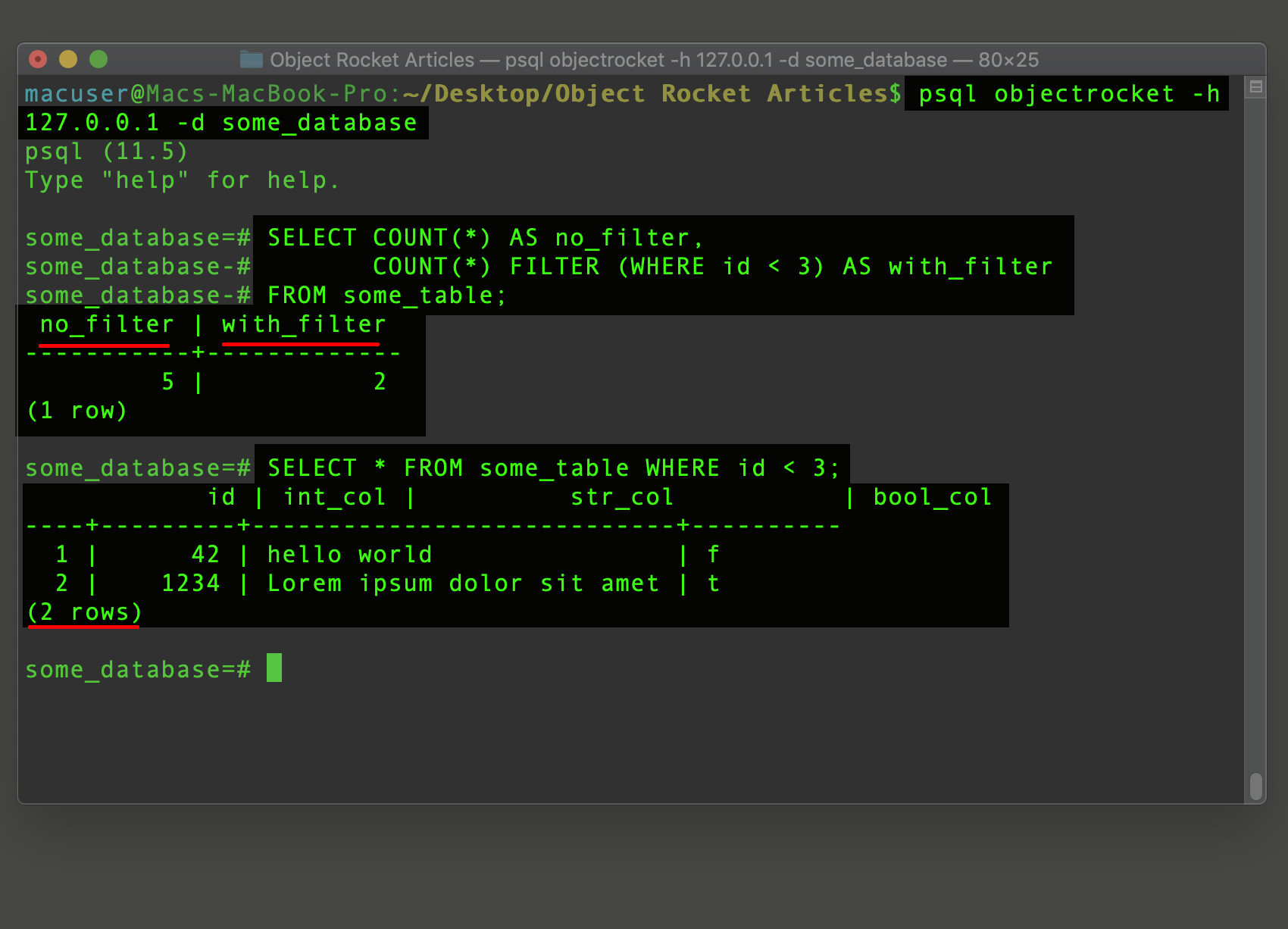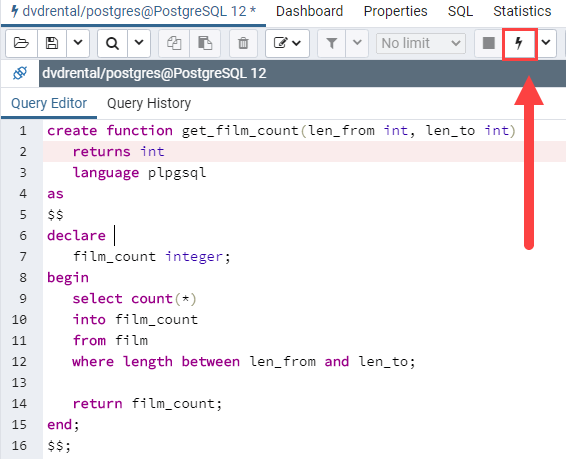

Conversely, by sending a batch you only have to pay the cost once.įor some databases such as SQL Server, you literally send the entire batch as one massive SQL string. If you send one command at a time, you have to pay the latency cost for each command. This was thought to be necessary for performance reasons.
POSTGRESQL CASE DRIVER
NET’s ADO.NET database driver frameworks have a common feature: they both support batching SQL statements using semi-colons. If you are not modifying your database schema via Npgsql or PgJDBC, there’s no need to worry.

NET and Java database driver, specifically, when using to create a SQL function using BEGIN ATOMIC.

The first character of the string is at position 1.The PostgreSQL Substring function helps in extracting and returning only a part of a string.Step 4) Click the Execute icon to execute the query.

Step 3) Type the following query on the editor window. To accomplish the same on pgAdmin, do the following: Matching Substrings with SQL Regular Expression We now have a basic idea of the name of every book. Step 3) Type the query in the query editor: SELECT From the navigation bar on the left- Click Databases.The above queries where we don’t need a database can be executed directly from the query editor window. Now let’s see how the actions are performed using pgAdmin. In the pattern, we are searching for a numeric pattern in our string when this is found, the substring function should only extract two characters. The matching_pattern is the pattern to be used for searching in the string. The string is the source string whose data type is varchar, char, string, etc. Here is an explanation of the above parameters: In this case, the substring function is used with the following syntax: SUBSTRING(string FROM matching_pattern) In PostgreSQL, we can extract a substring matching a specified POSIX regular expression. We now have a rough idea about the name of every book. However, we can extract only the first 15 characters from the name column of the table: SELECT We want to get a rough idea about the name of each book. We have started extraction at position 5, and 2 characters have been extracted. Here is another example: SELECT substring('Guru99' from 5 for 2) Since the number of characters to be extracted was not specified, the extraction ran to the end of the string. Let us extract 99 from the string Guru99: SELECT substring('Guru99' from 5) We specified that the extraction of the substring should begin from position 1, and 4 characters should be extracted.
POSTGRESQL CASE HOW TO
The following example shows how to specify the starting position: SELECT substring('Guru99' from 1 for 4) 4 characters were extracted to return the above. We did not specify the starting position, so the extraction of the substring start at position 1. In this example, we want to extract the first 4 characters from the word Guru99: SELECT substring('Guru99' for 4) If you omit this parameter, the function will extract from starting_position to the end of the string. It denotes the number of characters to be extracted from the string. If you omit this parameter, the extraction will start from position 1, which is the first character in the string. It denotes the place where the extraction of the string will begin. The source string whose data type is varchar, char, string, etc. The PostgreSQL substring function takes the following syntax: substring( string ) Matching Substrings with SQL Regular Expression.In this PostgreSQL tutorial, you will learn: Instead of returning the whole string, it only returns a part of it. The PostgreSQL substring function helps you to extract and return part of a string.


 0 kommentar(er)
0 kommentar(er)
